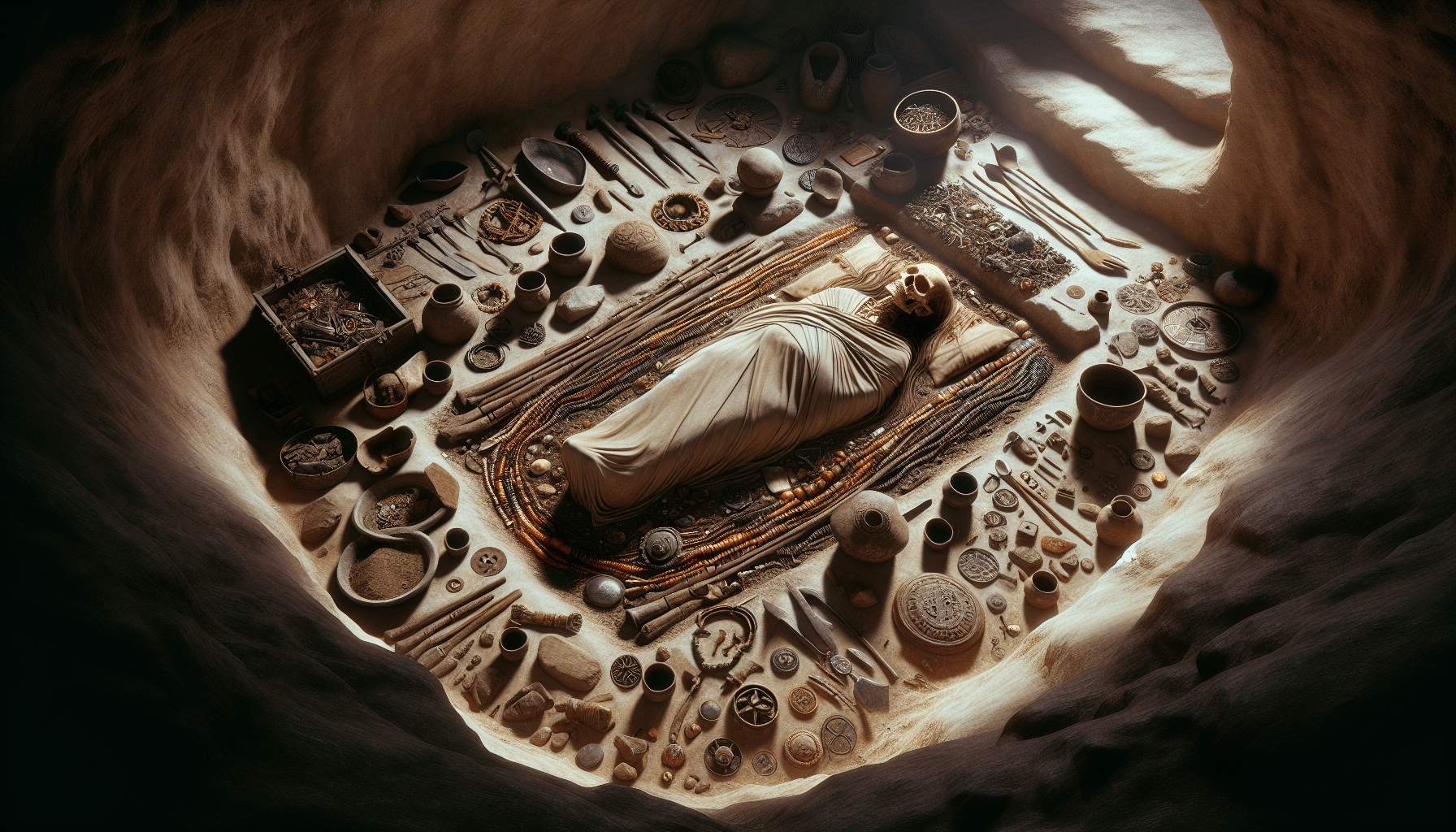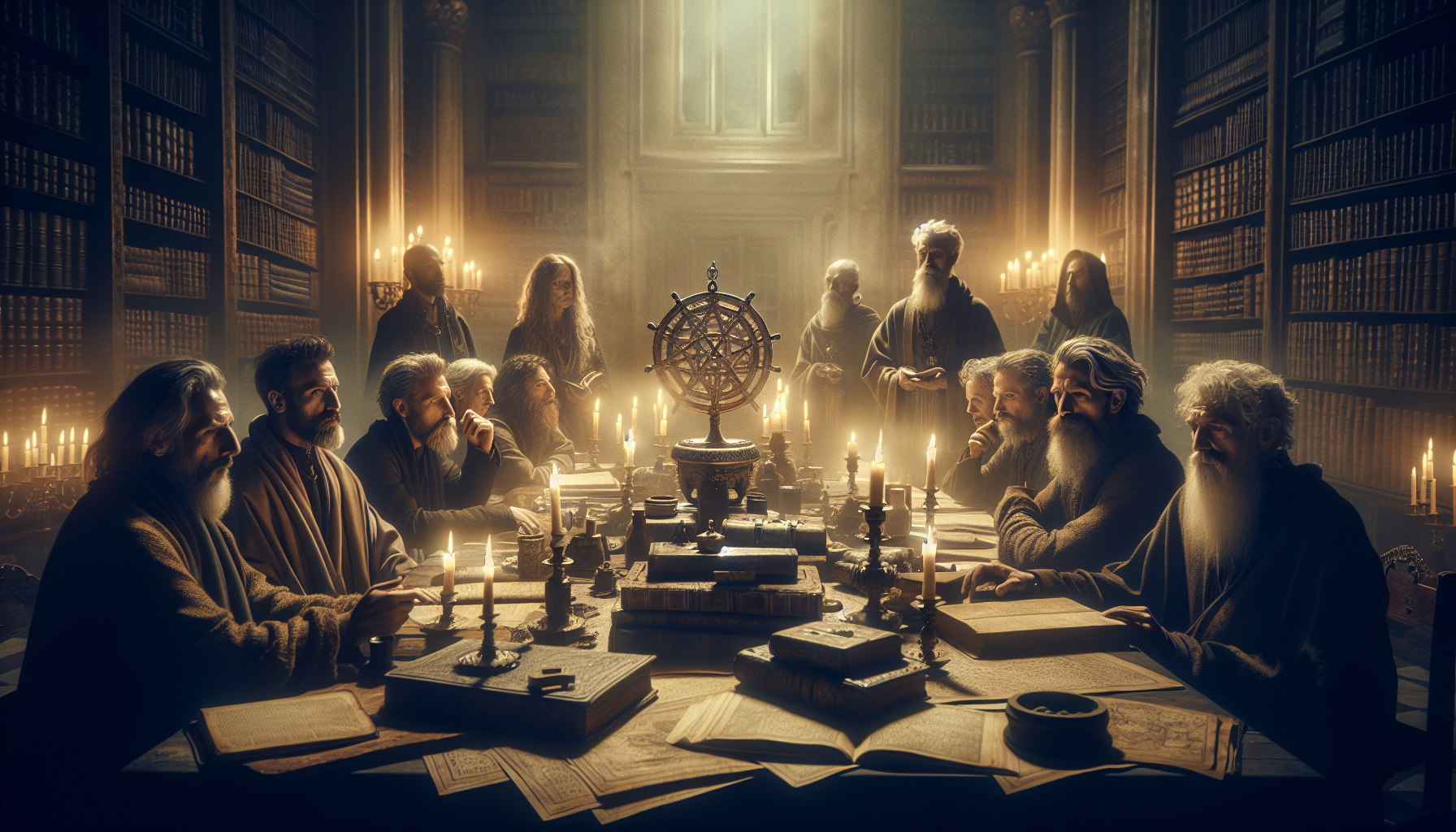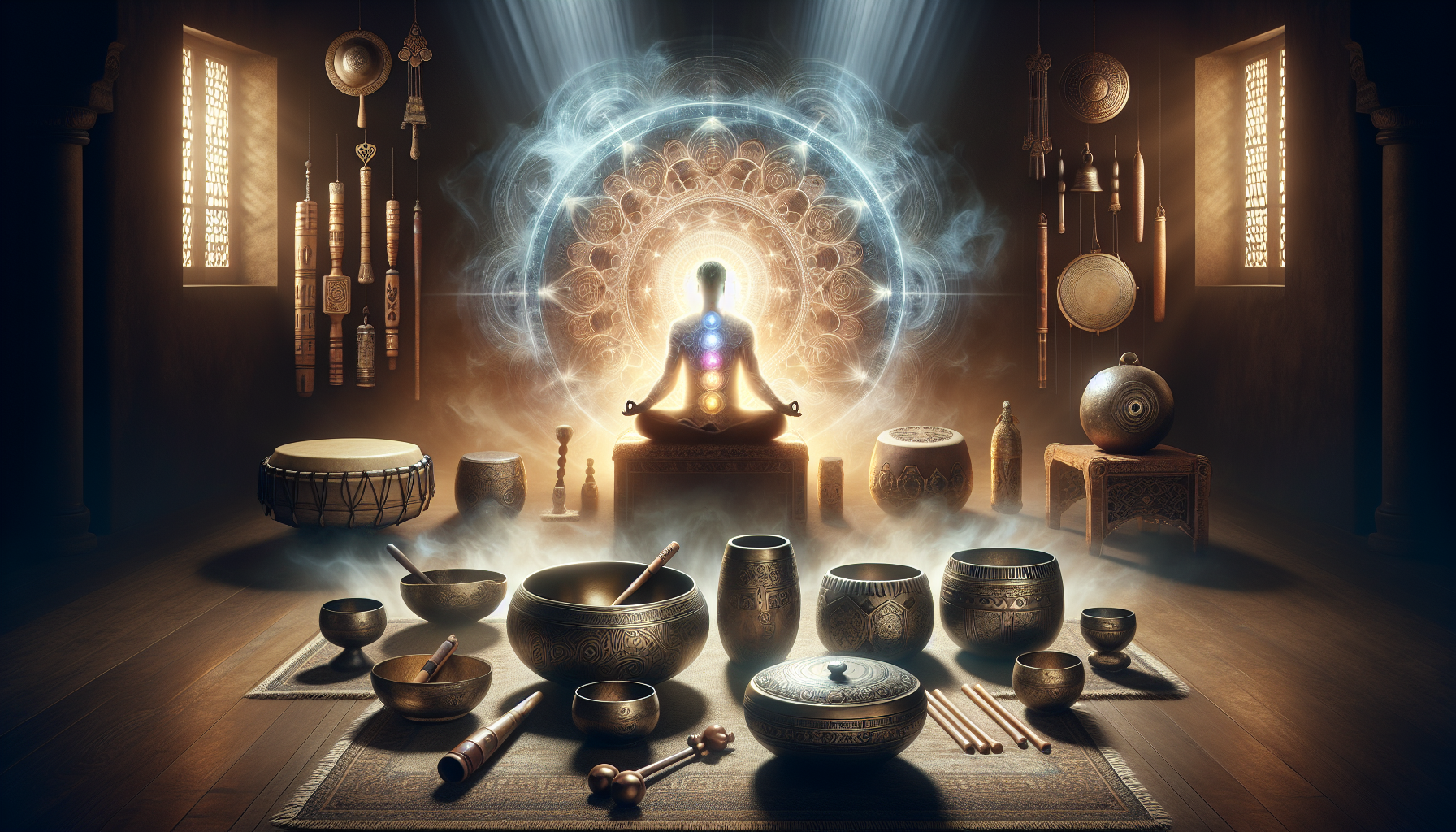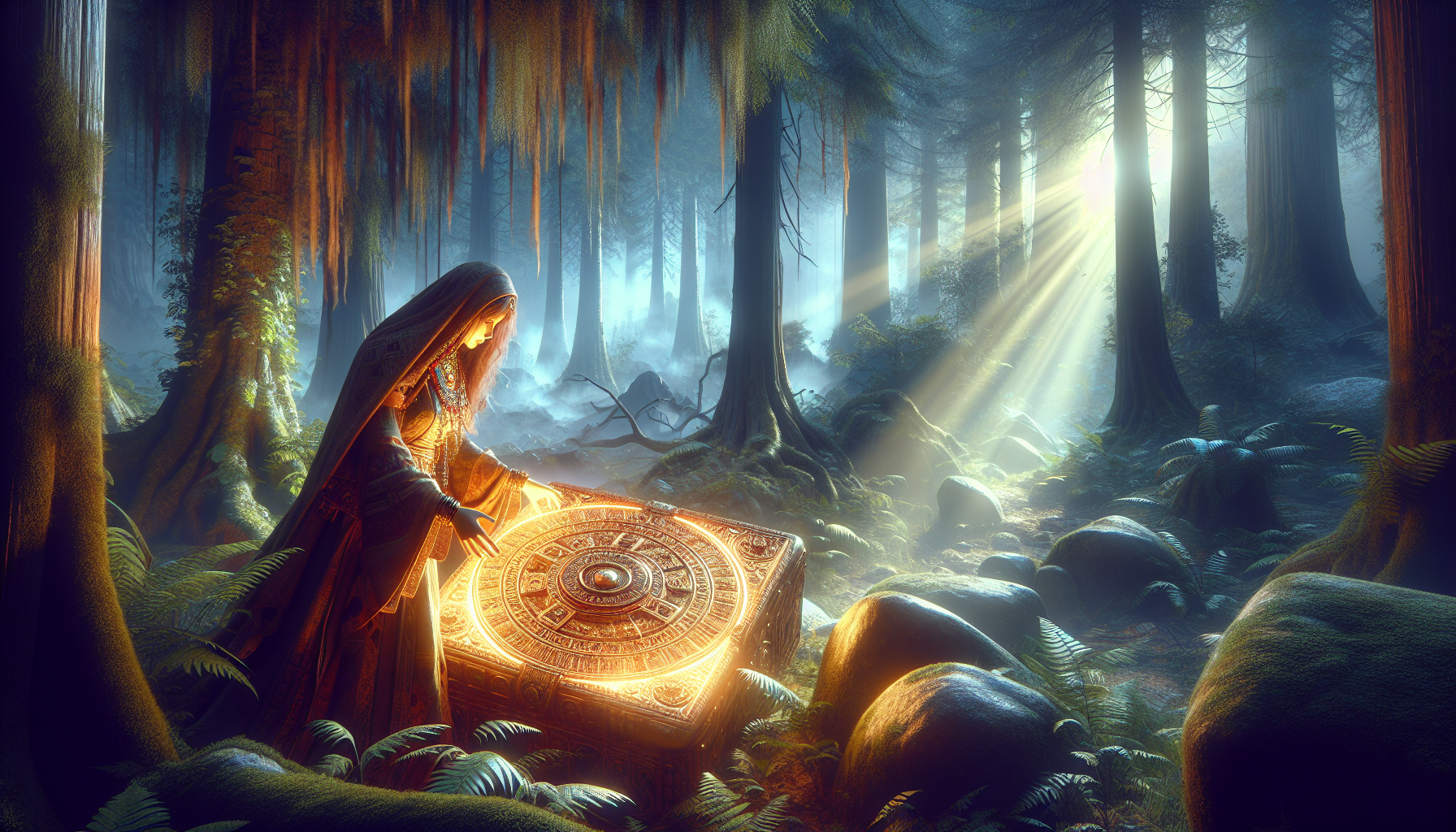In the quiet embrace of the earth, where stories transcend time and memories linger in silence, lies a profound tapestry woven through the ages: the tradition of placing items in burial sites. This practice, a testament to humanity’s enduring connection with the departed, spans cultures and epochs, offering a glimpse into the beliefs, values, and emotions that shape our understanding of life and death. Welcome to a journey that transcends the physical world, inviting us to explore the rich symbolism behind these poignant offerings and the universal truths they reveal about the human experience.
From the ancient pyramids of Egypt to the serene landscapes of modern cemeteries, the act of adorning burial sites with meaningful objects is a universal phenomenon. But why do we place such significant emphasis on these items? The answer lies in the complex interplay between life, death, and the afterlife—a concept that has captivated human imagination for millennia. These artifacts serve as more than mere tributes; they are vessels of memory and hope, bridging the gap between the mortal realm and the unknown beyond. As we delve into this fascinating subject, we uncover the myriad ways in which these objects reflect our deepest fears, desires, and aspirations.
Throughout history, the items chosen for burial have varied widely, from personal belongings and treasured mementos to symbolic tokens and elaborate offerings. Each object tells a story, offering insights into the culture and individual it represents. In ancient Egypt, for example, pharaohs were interred with a wealth of goods to ensure a prosperous afterlife, including jewelry, weapons, and even food. In contrast, the Vikings sent their warriors to Valhalla equipped with their swords and shields, ready to battle in the realm of the gods. These practices highlight a common thread: the belief that the dead continue to exist in some form and require sustenance, protection, and comfort on their journey.
As we navigate the diverse cultural landscapes that shape burial traditions, we also encounter the deeply personal motivations that drive individuals to select specific items for their loved ones. The choice of what to include in a burial is often an intimate reflection of the deceased’s life and passions. A musician may be laid to rest with their beloved instrument, a writer with a cherished book, or a mother with a child’s drawing. These personal touches resonate across time, echoing the unique connections that define our relationships and underscoring the enduring bond between the living and the dead.
In this exploration of the symbolism behind items placed in burial sites, we will delve into the historical, cultural, and emotional dimensions of this age-old practice. We will examine the ways in which these objects serve as a dialogue between the past and the present, offering a glimpse into the values and beliefs that shape societies. Moreover, we will consider the psychological impact of these rituals on the bereaved, and how they provide solace and continuity in the face of loss. Through this lens, we invite you to reflect on the profound narratives that emerge from these silent witnesses to our shared humanity, and to discover the enduring legacy of those who have gone beyond the grave. 🌿
The Significance of Burial Items in Ancient Cultures
Throughout history, cultures worldwide have practiced the tradition of placing items with the deceased in their burial sites. This practice is deeply rooted in the beliefs about the afterlife and the importance of the dead in the community. Burial items range from everyday personal belongings to elaborate artifacts, each carrying symbolic meanings. For ancient Egyptians, for example, items like amulets and figurines were not merely possessions but served as protective charms and companions in the afterlife. These objects were believed to ensure safe passage and offer comfort to the deceased in their journey beyond the grave.
In contrast, the Vikings, known for their elaborate ship burials, often included weapons, jewelry, and tools in their graves. These items reflected the status and achievements of the individual, symbolizing their role and prowess in life. The act of placing these items in burial sites also acted as a form of communication with the spiritual world, conveying the living’s respect and remembrance for the deceased.
The practice is not limited to ancient cultures. In modern times, people still place personal items in graves to signify a deep connection and to keep the memory of the departed alive. The persistence of this tradition highlights its universal importance and the human need to express grief and hope for an afterlife. Watch the video below to explore more about ancient burial customs.
Unraveling Ancient Burial Traditions – History Channel
Symbolism of Burial Items Across Different Cultures
The symbolism behind burial items can vary significantly between cultures, reflecting their distinct beliefs and traditions. In ancient China, jade was a highly prized material, often placed in the graves of the elite. It was believed to have protective qualities and the power to preserve the body. The placement of jade objects, such as bi discs and jewelry, symbolized the status and immortality of the deceased.
Similarly, in ancient Greece, coins were commonly placed in the mouths of the dead, a practice known as “Charon’s obol.” This was a symbolic payment to Charon, the mythical ferryman, to ensure safe passage across the river Styx into the afterlife. The use of coins highlights the Greek belief in a transactional journey after death and the necessity of preparing the deceased for the challenges they might face.
Indigenous cultures in the Americas also practiced unique burial rituals. For example, Native American tribes often included tools, pottery, and food items in graves. These objects were not only practical but served as offerings to the spirits, ensuring the deceased would be well-equipped for their journey and welcomed by their ancestors. The diversity in burial items and their symbolism underscores the richness of cultural expressions and beliefs about life after death.
Comparison of Burial Practices: A Cross-Cultural Perspective
Examining the burial practices across cultures provides valuable insights into how societies perceive death and the afterlife. The table below compares key aspects of burial traditions from three different cultures:
| Culture | Common Burial Items | Symbolism | Purpose |
|---|---|---|---|
| Ancient Egypt | Amulets, Figurines | Protection, Companionship | Ensure safe passage to the afterlife |
| Viking | Weapons, Jewelry | Status, Achievement | Reflect the deceased’s role and prowess |
| Ancient China | Jade Objects | Protection, Immortality | Preserve body and symbolize status |
These comparisons reveal both the diversity and commonality in burial practices, illustrating how different societies seek to honor the dead and express their beliefs about life after death. Each item and ritual serves a distinct purpose, whether it’s ensuring the deceased’s comfort, reflecting their social status, or preparing them for challenges in the afterlife.
The Role of Personal Belongings in Modern Burial Practices
In contemporary society, the inclusion of personal belongings in burial sites continues to be a meaningful practice. While the items may differ from ancient artifacts, the underlying intention remains similar. Today, people often place letters, photographs, or personal mementos with the deceased as a gesture of love and remembrance. These items provide a tangible connection to the deceased, offering comfort to grieving families and friends.
The practice has evolved to include environmentally conscious options as well. With growing awareness of ecological impacts, some families choose biodegradable or sustainable items that align with their values. This shift reflects a modern understanding of death as a part of the life cycle, emphasizing continuity and harmony with nature.
Moreover, the digital age has introduced new ways of memorializing the dead. Virtual memorials and online tributes have become popular, allowing for a broader expression of grief and remembrance. This modern adaptation highlights the flexibility of burial traditions to accommodate changing societal values and technological advancements.
- Discover more about eco-friendly burial practices.
- Explore the significance of digital memorials.
- Reflect on personal choices for honoring loved ones.

Conclusion
In concluding our exploration of the rich tapestry of symbolism woven into the practice of placing items in burial sites, it is essential to revisit the key themes and insights that have been illuminated throughout this article. This journey has unveiled how different cultures, across various epochs, have imbued these burial items with profound meanings that reflect beliefs about life, death, and the beyond. By understanding these practices, we gain a deeper appreciation for the diverse ways in which humanity grapples with the concept of mortality and the hope for continuity beyond the grave.
One of the primary points discussed is the historical context of burial items, which serves as a window into the spiritual and cultural values of ancient civilizations. From the grandeur of Egyptian tombs, laden with treasures meant to aid the deceased in the afterlife, to the modest yet meaningful offerings found in indigenous burial sites, these artifacts reveal a universal human desire to honor the dead and prepare them for what lies beyond. The significance of these items often transcends their material value, embodying beliefs, hopes, and relationships that defined the lives of those who have passed.
Moreover, we delved into the symbolic representations these items often carry, acting as metaphors for spiritual journeys, protection, and remembrance. For example, the inclusion of food and tools in burial sites frequently symbolizes the sustenance and guidance the departed might need in the afterlife. Similarly, personal belongings, such as jewelry or weapons, not only signify the status and identity of the deceased but also serve as talismans of protection and continuity. This symbolic dimension underscores the profound connection between the living and the dead, reflecting a continuum of existence that stretches beyond physical death.
Our discussion also highlighted contemporary interpretations and adaptations of these ancient practices. In today’s multicultural societies, traditional burial customs are often interwoven with modern rituals, illustrating how cultural exchange and globalization influence our views on death and the afterlife. This blending of practices enriches our understanding and allows for more inclusive and diverse expressions of mourning and remembrance. It encourages us to reflect on our own cultural heritage and the ways in which we honor those who have passed, fostering a more profound respect for diverse traditions.
The importance of this subject extends beyond academic interest; it invites us to engage with our own mortality and the ways we wish to be remembered. The items placed in burial sites serve as tangible connections to the past, offering us lessons on how to live meaningfully and how to commemorate the lives of those who have touched us. By engaging with these practices, we are reminded of the transient nature of life and the enduring impact of our actions and relationships.
In light of these insights, I encourage you to share your thoughts and perspectives on this topic. How do your cultural or personal experiences shape your understanding of burial practices and their symbolism? What items would you consider significant enough to accompany you or your loved ones beyond the grave? Your reflections can contribute to a broader conversation on this deeply human concern, enriching our collective knowledge and appreciation for the diversity of human expression in the face of death.
Sharing this article with others is a meaningful way to extend this dialogue and invite others to contemplate the symbolism behind burial items in their own cultural or personal context. By doing so, you help to foster a community that values understanding and respect for diverse beliefs and practices surrounding death and the afterlife.
In conclusion, the exploration of items placed in burial sites reveals a fascinating intersection of history, culture, and spirituality. It challenges us to think deeply about the rituals and symbols we use to honor those who have passed and to consider how these practices reflect our values and beliefs. As you reflect on this article, may it inspire you to explore further, engage in meaningful conversations, and appreciate the rich tapestry of human experience that connects us all—beyond the grave.
For further reading on the symbolism of burial practices, you may explore these resources:
– National Geographic: Ancient Burial Practices
– Smithsonian Magazine: The Secrets of Ancient Burial Sites
– BBC History: Burial Rites
Thank you for joining this exploration, and may your journey into the symbolism of burial sites continue to inspire curiosity and reverence for the mysteries of life and death. 🌟
Toni Santos is a visual storyteller and symbolic artisan whose work unearths the sacred in forgotten places — a seeker of relics not cast in gold, but in petal, vine, and stone.
Through a reverent artistic lens, Toni explores nature as a vessel for unknown religious relics — sacred echoes embedded in botanical forms, remnants of spiritual traditions that were never written but always felt. His creations are not merely decorative; they are quiet devotions, fragments of invisible altars, living prayers suspended in time.
Guided by an intuitive connection to flora and the mysteries they carry, Toni transforms botanical elements into symbolic artifacts — each one a relic of forgotten faiths, imagined rituals, or ancient wisdom left behind by time. His work invites reflection on how the divine speaks through organic beauty, and how the sacred often hides in the overlooked.
As the creative voice behind Vizovex, Toni curates collections and visual meditations that feel like lost sacred texts — poetic, intentional, and charged with quiet meaning. From floral talismans to mythic botanical studies, his work bridges earth and spirit, nature and memory.
His work is a tribute to:
The invisible sanctity found in everyday natural forms.
The mythic energy of plants as spiritual messengers.
The act of creating relics from silence, shadow, and growth.
Whether you’re drawn to mysticism, symbolic art, or the sacredness woven into the natural world, Toni invites you to explore a space where forgotten relics are remembered — one leaf, one symbol, one sacred fragment at a time.





